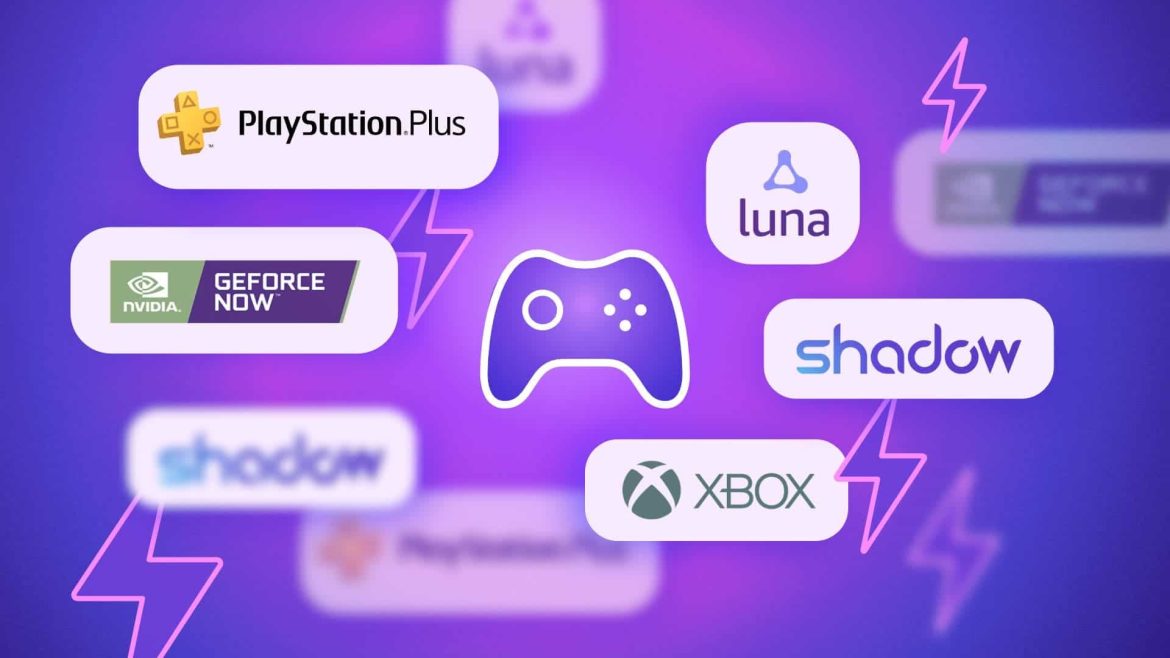Gaming has evolved from a niche hobby to a global phenomenon, and with it, the importance of inclusivity and accessibility in the gaming world has grown significantly. Adaptive gaming technology is at the forefront of this movement, making games accessible to individuals with diverse physical abilities. In this expert article, we will explore the transformative impact of adaptive gaming technology and how it is making gaming more inclusive for everyone.
The Challenge of Accessibility
Traditional video game controllers and interfaces can present significant barriers for individuals with physical disabilities. These barriers have limited their ability to fully participate in and enjoy the gaming experience. Adaptive gaming technology seeks to address these challenges and level the playing field for all gamers.
Customizable Controllers
One of the key advancements in adaptive gaming technology is the development of customizable controllers. These controllers allow users to tailor the input methods to their specific needs. For example, adaptive controllers might include large buttons, foot pedals, or joystick extensions, making it possible for individuals with limited dexterity or mobility to play games comfortably.
Eye-Tracking Technology
Eye-tracking technology has revolutionized gaming for those with severe physical limitations. By using eye movements and blinks, individuals can control in-game actions, navigate menus, and interact with the gaming environment. This technology has opened up gaming to individuals who were previously unable to participate due to the constraints of traditional controllers.
Voice and Speech Recognition
Voice and speech recognition technology has made gaming accessible to those with limited or no hand mobility. Players can issue voice commands to control characters, interact with in-game elements, and navigate menus. This innovation has expanded the gaming community to include individuals with conditions like muscular dystrophy or amyotrophic lateral sclerosis (ALS).
Haptic Feedback and Immersion
Adaptive gaming technology also focuses on enhancing the gaming experience for individuals with sensory impairments. Haptic feedback technology, for instance, provides tactile feedback through vibrations or sensations, allowing players with visual or hearing impairments to engage more fully with the game world. This technology adds a new dimension of immersion for all gamers.
Inclusivity and Community
The impact of adaptive gaming technology extends beyond the individual player. It promotes inclusivity by breaking down barriers and fostering a sense of community among gamers with diverse abilities. Online platforms and forums dedicated to adaptive gaming provide a space for gamers to share experiences, tips, and support.
The Future of Adaptive Gaming
The future of adaptive gaming technology holds great promise. As technology continues to advance, we can expect even more innovative solutions to further enhance accessibility. Virtual reality (VR) and augmented reality (AR) are being integrated into adaptive gaming experiences, providing new opportunities for immersive gameplay.
Furthermore, game developers are increasingly recognizing the importance of including accessibility features in their titles. Features like customizable controls, subtitles, and colorblind modes are becoming standard in many games, making them more accessible to a wider audience.
Conclusion: Gaming for All
Adaptive gaming technology has transformed the gaming landscape, making it more inclusive and accessible to individuals with diverse physical abilities. As technology continues to advance and awareness of accessibility grows, the gaming community is becoming more diverse and welcoming than ever before.






